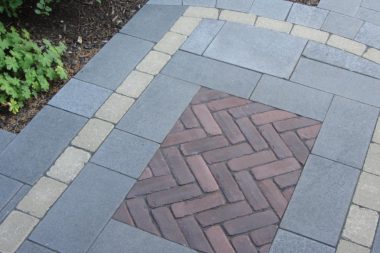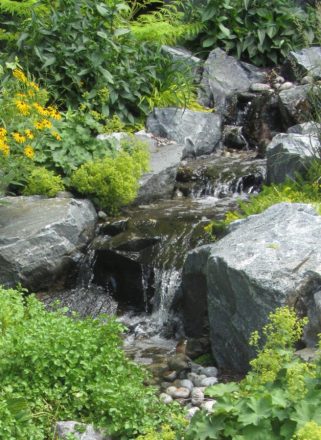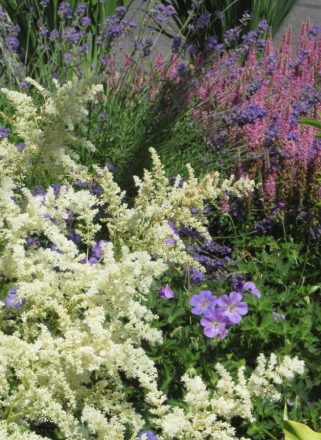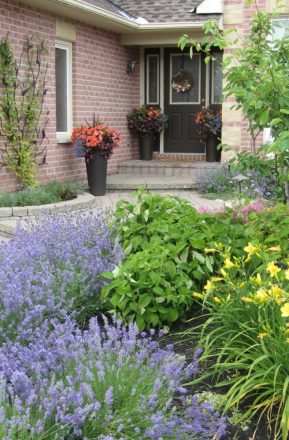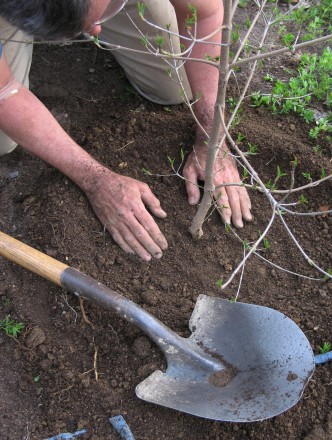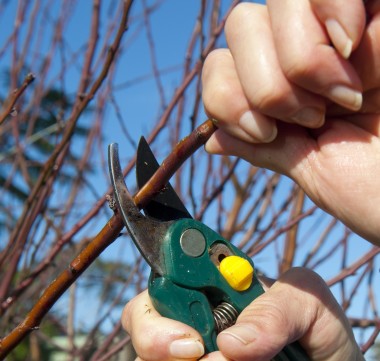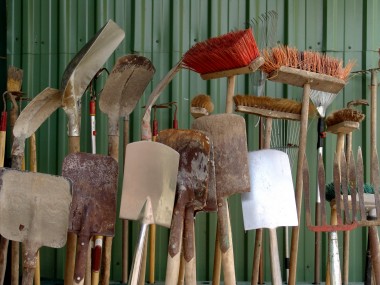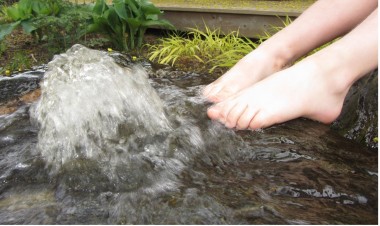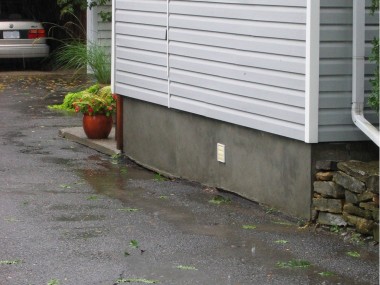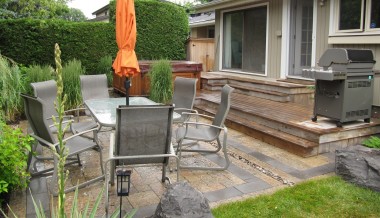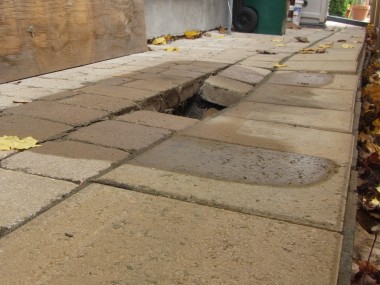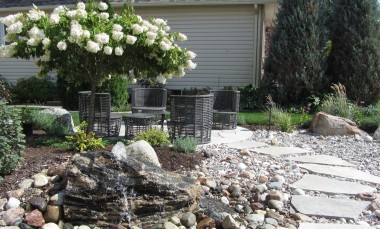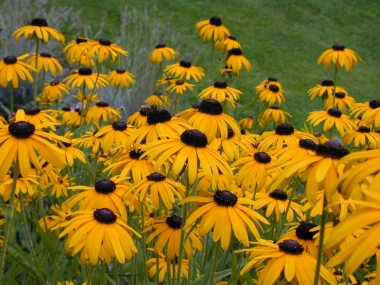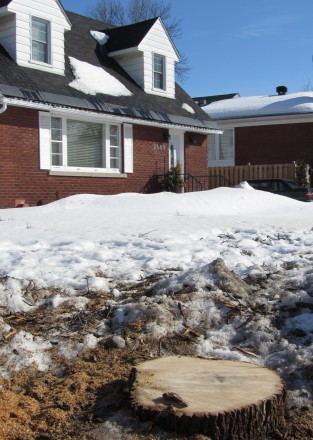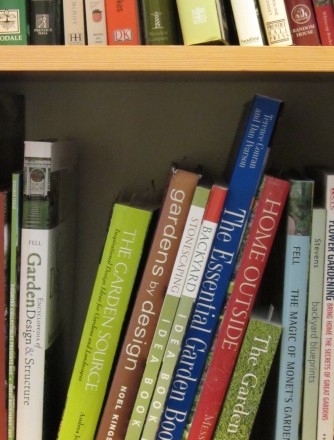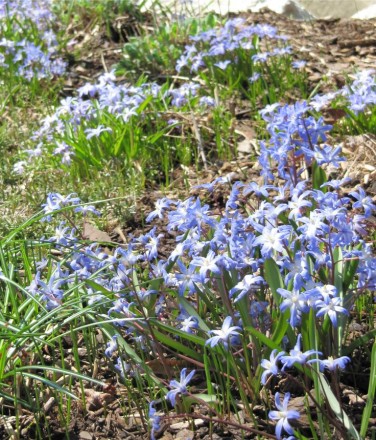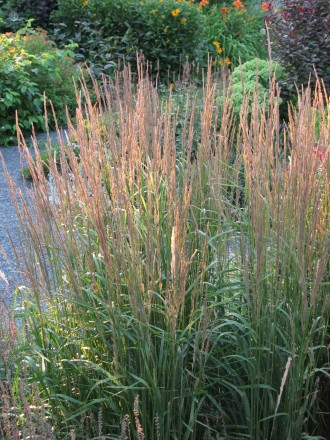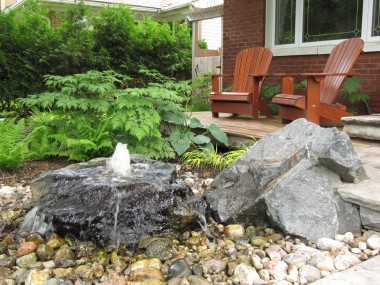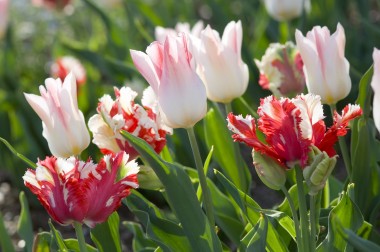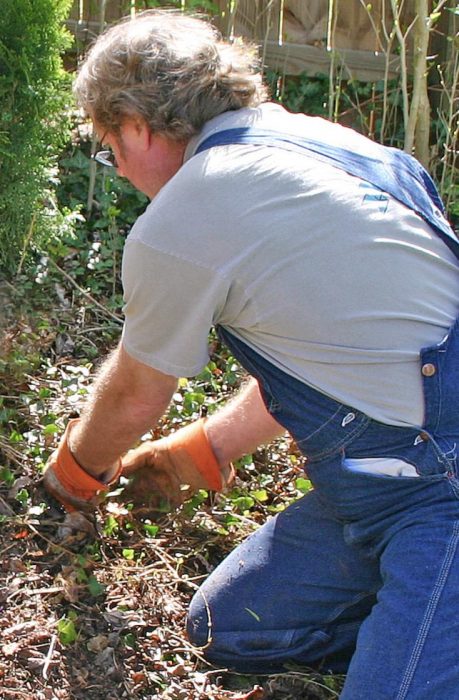 By Jay Ladell
By Jay Ladell
Putting your garden to bed for winter will give you a huge head start come spring. You will reap the rewards of a healthier garden, protect your home against water damage and when you plant flowering bulbs now, you can eagerly anticipate their blossoms next spring.
Fall is a great time to be outdoors in the fresh fall air. If you have children at home, spending time with them in the garden is a great place to teach them some life lessons. To start with you can teach them the old adage of nip it in the bud. For the fall garden, this means pull all weeds before they go to seed. Also, remove and dispose of any diseased plants material so it doesn’t spread in the garden. By doing this you will show them how its best to take proactive steps to prevent more work in the future. While you are at it, remove all seedpods from any remaining perennials or shrubs that self-seed. This way they can see how some plants reproduce.
Most of us have great childhood memories of jumping in the huge piles of leaves that our parents worked so hard to rake. Invite your children outside with you to help. If they are toddlers, buy them a child-sized rake so they can join in with you before they figure out that raking is work. Your young children can learn why some leaves change colour in the fall and why others stay green.
Instead of bagging your leaves for the city to pick up and compost, consider getting a mulching mower or an attachment to your lawn mower. Spread the mulch out on your garden or a thin layer on your lawn. This will speed the composting. This layer helps suppress weeds and fertilizes the soil as it breaks down.
Did you know that it is a great idea to leave a four to six-centimeter layer of leaves over top of the mulch? That is because the leaves provide food and shelter to some wildlife. Think of how you will be helping the chipmunks, earthworms, and beneficial insects and also saving yourself some work.
Timing is everything when it comes to planting flowering bulbs. Plant tulip and crocus in late fall, before the first frost, to prevent them from becoming fodder for the squirrels. But buy your bulbs when they first go on sale to give you the best selection. While Crocus, daffodil (Narcissus) and tulips (Tulipa) may first come to mind, for variety, try squirrel-proof winter aconite (Eranthis hyemalis), glory-of-the-snow (Chionodoxa) or a spring ornamental onion (Allium). While you are watering the bulbs, turn your hose towards your trees and shrubs and give them a good watering. This will help them from becoming stressed over winter.
With your last watering completed, it’s time to put away your hose. First drain your hose and bring it inside. Also, turn off the faucets. Disconnect rain barrels and ensure downspouts are empty and placed at least a meter from the foundation (grading away from the house). This will prevent water from being trapped next to your foundation over winter and causing potentially expensive flood damage. Another way to prevent water damage is to clean fallen leaves in downspouts and gutters. If you are not sure-footed or comfortable climbing a ladder, consider hiring a licensed contractor or invest in covers for your eaves troughs.
The final few steps of putting your garden to bed takes place after the first frost. Remove the dead annuals that provided you with fall interest. Another important lesson for your children is to show them how to put away your garden tools at the end of the season. When you clean, sharpen and oil your tools before winter storage, they will be ready to go in the spring.
Article originally published in the O.S.C.A.R. newspaper

